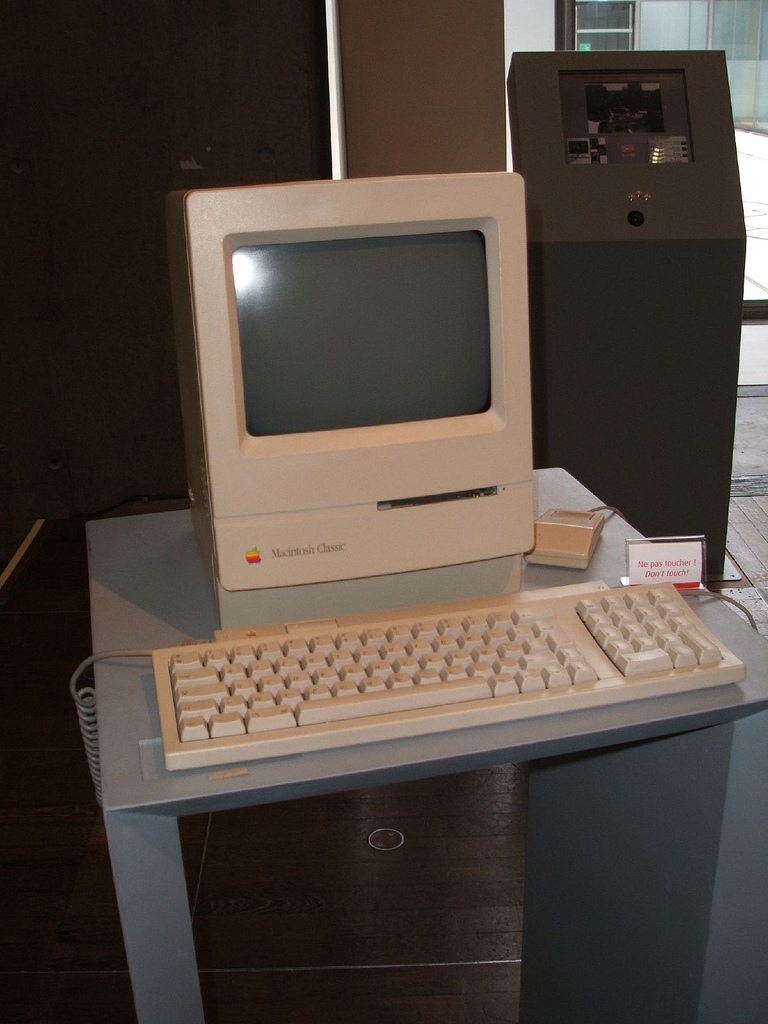Beginning the Open Exhibits Research
 And these characteristics of new digital technologies and dialogic structure, user direction and organization, and expansive networking of learners and resources resonate with the values and research findings of the informal science learning community. Research on the impact of media is needed to understand how the unique features of media can support different aspects of science learning. – NRC 2009 Report on Learning Science in Informal Environments
And these characteristics of new digital technologies and dialogic structure, user direction and organization, and expansive networking of learners and resources resonate with the values and research findings of the informal science learning community. Research on the impact of media is needed to understand how the unique features of media can support different aspects of science learning. – NRC 2009 Report on Learning Science in Informal Environments
While the module development aspect of Open Exhibits is well underway, we’ve also been ramping up on the research end of Open Exhibits. In the past, there’s been some excellent research on effective practices for interactive computer-based exhibit development (among others: Flagg, 1991, Gammon 1999, Serrell and Raphing 1992). Yet this key literature touchstone is now at least a decade old, not keeping pace with either technology development or user expectations of technology. Museums are investing substantial resources in kiosks, touch-screens and other computer-based interactives as an educational medium, yet little research exists to guide sound development of such resources. At the same time, significant advances in recent technology and the concurrent changes in visitors’ incoming expectations and technological savvy have occurred. A better framework of effective practices and the tools to evaluate current practices is needed.
So we’ll be doing applied research to generate this framework, both to inform the development of Open Exhibits software modules and to provide vital information to designers and other practitioners who work with interactive computer-based exhibits. The first two years will result in three studies, each delivering an important product to inform the Open Exhibits community and the larger informal learning field. Those studies will be released as short papers in addition to being featured online. The studies are:
- Up-to-date research on learning with interactives, including a detailed set of the factors and variables of concern in building an exhibition with interactives;
- a comparative study of kiosk and multi-touch tables within an exhibition context;
- a toolkit of evaluation methodologies and instruments for assessing exhibition and online computer-based interactives, including sample instruments, designs and methods.
Right now, our next step is to generate a common framework for the upcoming mini-summit of designers. For example, factors in this framework might be: use of the attract screen, interaction cues, allowance for multi-person interaction, position with the exhibition, and relationship tosurrounding exhibit elements.
Currently, we’re working on a research literature review drawing from exhibition development, visitor studies, human computer interaction and usability testing. Next we’ll be:
- Conducting in-depth interviews with exhibition designers, floor staff and explainers, interactive vendors, user-centered designers,website managers and evaluation experts;
- Profiling exemplary interactives. We’ll be drawing from ExhibitFiles, AAM Muse awards, Museums and the Web awards and other sources.
Have an interactive you think we should consider? Have a suggestion of who we should interview? Tell us about it.
Citations: Flagg, B. “Visitors in Front of the Small Screen” ASTC Newsletter (Nov.-Dec. 1991) p.9-10 Gammon, B. (1999) Visitors’ Use of Computer Exhibits: Findings from 5 Grueling Years of Watching Visitors Getting It Wrong at http://www.informallearning.com/archive/1999-0910-a.htm , Visited May 14, 2008. Hilke, D. D. (1989). Computer interactives: Beginning to access how they affect exhibition behavior. Spectra, 15(4), 1 – 2. Serrell, B. and B. Raphling. (1992) “Computers on the Exhibit Floor” Curator v.35 (3) p.181-189.
by Kate Haley Goldman ![]() on October 28, 2010
on October 28, 2010